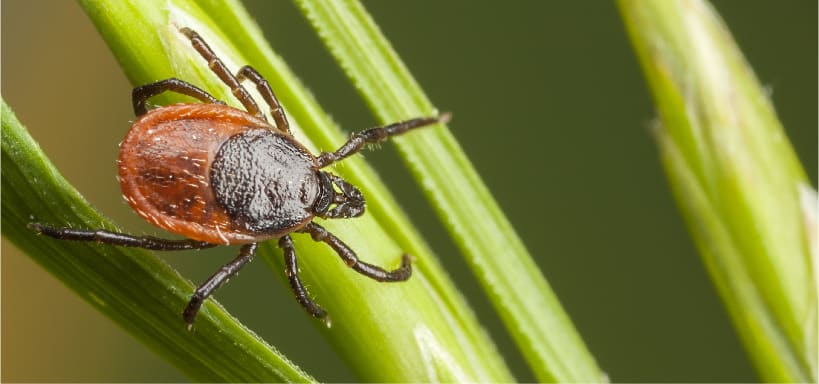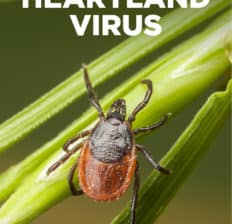This Dr. Axe content is medically reviewed or fact checked to ensure factually accurate information.
With strict editorial sourcing guidelines, we only link to academic research institutions, reputable media sites and, when research is available, medically peer-reviewed studies. Note that the numbers in parentheses (1, 2, etc.) are clickable links to these studies.
The information in our articles is NOT intended to replace a one-on-one relationship with a qualified health care professional and is not intended as medical advice.
This article is based on scientific evidence, written by experts and fact checked by our trained editorial staff. Note that the numbers in parentheses (1, 2, etc.) are clickable links to medically peer-reviewed studies.
Our team includes licensed nutritionists and dietitians, certified health education specialists, as well as certified strength and conditioning specialists, personal trainers and corrective exercise specialists. Our team aims to be not only thorough with its research, but also objective and unbiased.
The information in our articles is NOT intended to replace a one-on-one relationship with a qualified health care professional and is not intended as medical advice.
Tick-Borne Heartland Virus Found in Several States
April 11, 2022

We know ticks commonly transmit disease, whether it be lyme disease, Powassan virus or Rocky Mountain spotted fever. One of the latest, according for the Centers Disease Control and Prevention (CDC), is the tick-borne Heartland virus.
First identified in Missouri in 2009, the Heartland virus is a potentially deadly disease that can lead to symptoms including:
- fever
- fatigue
- lowered appetite
- headache
- nausea
- diarrhea
- muscle and joint pain
Many patients are often hospitalized as a result, and unfortunately, according to the CDC and a story published on SELF.com:
The virus was first found to cause illness in humans in 2009 in Missouri, according to the CDC. Between 2009 and January 2021, over 50 cases—many severe and several fatal, per the CDC—were recorded in in 11 Midwestern and Southern states: Arkansas, Georgia, Illinois, Indiana, Iowa, Kansas, Kentucky, Missouri, North Carolina, Oklahoma, and Tennessee. According to the new study, though, wildlife sampling suggests that the virus can be found beyond the states where human cases have been confirmed. (So far the virus has been detected in lone star ticks in just six states: Alabama, Illinois, Kansas, Missouri, New York, and now Georgia.)
Study: Heartland Virus Isolated from Lone Star Ticks
Published in the CDC journal Emerging Infectious Diseases, researchers from Emory University collected 9,430 ticks during the height of tick season (April to October) in 2018 and 2019 in a rural area of Georgia near the Piedmont National Wildlife Refuge to try to isolate the type of ticks carrying the disease. They found that the disease comes from the Amblyomma americanum species of ticks, also known as lone star ticks.
The study authors added that “the research adds new evidence for how the tick-borne Heartland virus, first identified in Missouri in 2009, may evolve and spread geographically and from one organism to another.”
“Heartland is an emerging infectious disease that is not well understood,” says Gonzalo Vazquez-Prokopec, associate professor in Emory’s Department of Environmental Sciences and senior author of the study. “We’re trying to get ahead of this virus by learning everything that we can about it before it potentially becomes a bigger problem.”
According to the researchers at Emory, the lone star tick — which has a distinctive white spot on its back — resides in the wooded areas in the Southeast, Eastern and Midwest United States and is the most common tick in Georgia, where the tick collection took place. It’s clear that the Heartland virus can spread quickly and travel across state lines rapidly.
Even more alarmingly, it’s not always easy to spot these ticks so you can remove them should you come in contact with them.
“Lone star ticks are so small that you may not feel them on you or even notice if you’ve been bitten by one,” says Steph Bellman, a co-author of the study. Bellman is an M.D./Ph.D. student in Emory’s School of Medicine and Rollins School of Public Health, focused on environmental health.
Tick Bite Prevention
Unfortunately, there is no specific treatment for Heartland virus at this time. Instead, doctors can treat symptoms and may require hospitalization, including providing fluids through IV methods and pain medications in severe cases.
The best bet is to prevent getting Heartland virus in the first place by avoiding tick bites. While that’s easier said than done, there are ways to prevent tick bites and thus avoid contracting the tick-borne Heartland virus.
Here are some of the best ways to avoid tick bites:
- Avoid wooded areas and tall grass landscapes.
- Cover as much skin as possible if you do spend time in wooded areas. If you’re an avid hiker or just want to enjoy the benefits of the outdoors, you of course are going to encounter ticks from time to time. That’s why it’s vital to cover as much skin as possible in tick-dense areas to avoid bites.
- Check your body for ticks after being outdoors, and remove any ticks immediately upon sight.
- Shower after a hike or time spent in tall grass/wooded areas.
- Wash your outdoor clothes to remove/kill infectious bugs.
- Mow your grass and remove leaves from your yard regularly to reduce the presence of ticks.
- Check pets for ticks regularly.
- Use safe, natural bug repellants to encourage ticks to stay away.
Conclusion
- The Heartland virus is a tick-borne virus that can lead to symptoms like fever, fatigue, decreased appetite, headache, nausea, diarrhea, muscle and join point, and even potentially death in people with comorbidities.
- There have been more than 50 cases of the virus in 11 states since 2009, according to the CDC, and researchers from Emory University isolated the origin to lone star ticks.
- These ticks have been found in at least six states: Alabama, Illinois, Kansas, Missouri, New York and Georgia.
- There is no treatment for the tick-borne Heartland virus at this time, just treatment for symptoms.
- The best bet is to avoid tick bites by avoiding wooded and brushy areas when you can, covering skin when outdoors, checking for ticks on you and your pets, showering after being outside, washing outdoor clothes, taking care of your yard to discourage ticks, and using natural bug repellants.



